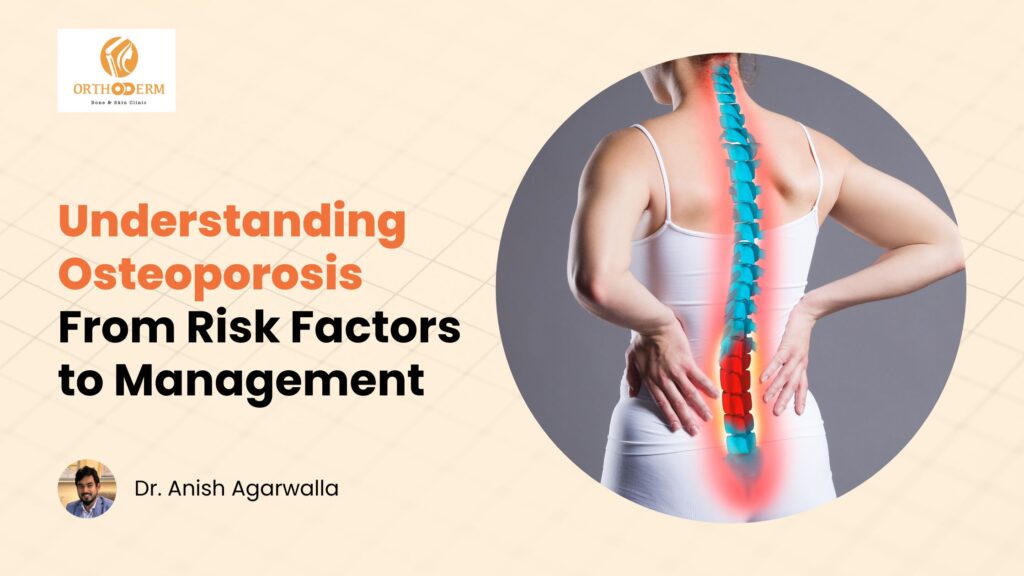As an orthopedist, I have witnessed a sharp rise in the number of knee replacement surgeries over the past decade. India, like many other countries, is facing a growing public health challenge: an aging population combined with rising obesity rates. This combination is driving an alarming increase in cases of osteoarthritis (OA), particularly in the knees.
Let me walk you through what’s happening, why it matters, and what you should know if you or your loved ones are experiencing chronic knee pain.
India’s Rising Knee Replacement Numbers
Knee replacement surgeries in India have seen an exponential rise—from about 30,000 in 2005 to over 150,000 annually today. Experts estimate that this number will cross 350,000 per year by 2030. This isn’t just a healthcare trend—it’s a reflection of how our population and lifestyle are changing.
Source: Indian Orthopaedic Association, market insights from Fortune Business.
What’s Driving This Surge?
1. India is Aging Rapidly
Our senior population (aged 60 and above) is expected to grow from 149 million in 2022 to 340 million by 2050. As we age, our joints naturally wear down. This is especially true for weight-bearing joints like the knees, which become prone to osteoarthritis.
Source: UNFPA India, Census projections.
2. Obesity and Joint Damage
Obesity doesn’t just affect the heart—it puts constant pressure on the knees. For every 5 kg of excess weight, your knees feel 15–25 kg of additional load during walking. This leads to faster joint wear. Urban India has seen a rise in obesity, with over 30% of adults now classified as overweight or obese.
Even more concerning is sarcopenic obesity, a condition where people have both low muscle mass and high body fat, making them more prone to complications after knee surgery.
Source: ICMR-NIN and recent studies in the Journal of Clinical Orthopaedics.
3. Sedentary & Stressful Lifestyles
While city dwellers spend more time sitting, rural populations often engage in strenuous physical labor; both extremes can cause joint damage. Combine this with poor posture, lack of exercise, and unhealthy diets, and we see OA developing earlier and progressing faster.
4. Better Access & Medical Technology
Knee replacement has become safer, faster, and more affordable. Robotic-assisted surgery, minimally invasive techniques, and better implant materials have made patients more confident. This improved access has especially helped urban middle-class families and medical tourists.
Why Knee Replacement Rates Are Climbing So Fast
To put it simply, more people are reaching advanced stages of knee osteoarthritis earlier in life, often because they delay treatment or ignore early warning signs. Add in poor weight control and longer life expectancy, and it becomes clear why surgical intervention is becoming more common.
Delayed care means the disease has already reached the point where conservative treatments like physiotherapy, medications, or lifestyle changes no longer work. Surgery becomes the only effective option for restoring mobility and reducing pain.
What Most People Don’t Know
Most websites talk about symptoms and surgery. But here are a few facts you might not come across easily:
- Losing just 7–10% of body weight can significantly reduce the risk of needing knee surgery in the future.
- Class III obese patients (BMI above 40) face up to 90% higher complication rates after knee surgery.
- Knee replacement is cost-effective compared to long-term use of pain medications or walking aids. The national cost burden of OA-related disability is expected to cross ₹12,500 crore by 2025.
Source: Lancet India Series, WHO Disability Reports, Orthopaedic Research Society.
When Should You Consider Knee Replacement?
You should consult an orthopedic surgeon if:
- Your knee pain limits daily activities like walking, climbing stairs, or sitting cross-legged.
- You’ve tried painkillers, injections, and physiotherapy without success.
- X-rays show significant cartilage damage or bone deformity.
- Pain keeps you awake at night or affects your quality of life.
I always recommend my patients attempt conservative management first, especially weight loss, physical therapy, and muscle strengthening. But in cases of advanced degeneration, knee replacement offers a proven path to better mobility and independence.
My Advice to Patients
If you’re above 50, overweight, and experiencing persistent knee pain, don’t delay consultation. Early intervention can save your joints. If surgery becomes necessary, rest assured that outcomes are generally excellent, especially if you prepare well with weight control, blood sugar management, and post-operative rehab.
Remember: surgery is not a failure—it’s a second chance at a pain-free life.
Final Thoughts
Knee replacements in India are on the rise—and with good reason. As we age and our lifestyle shifts, so do our healthcare needs. Understanding the root causes—aging, obesity, lifestyle, and delayed care—helps us respond wisely.
If you’re at risk, take proactive steps today. Prevention, timely diagnosis, and patient education are key to reducing the burden of knee osteoarthritis in India.
❓ Frequently Asked Questions
1. When should I consider knee replacement?
- I recommend it when severe pain and mobility loss persist despite medicines, physiotherapy, and lifestyle changes, especially if daily tasks like walking or climbing stairs become difficult.
2. What types of knee replacement are there?
- There are total knee replacements (TKR) for full joint damage, partial replacements (PKR) for isolated damage, and revision surgery if a prior implant fails.
3. How long is the recovery period?
- Most patients take 4–6 weeks to resume normal walking; full recovery and strength restoration may take 3–6 months.
4. What are the main risks and success rates?
- Success rates in India exceed 90%, but risks include infection, blood clots, and implant issues, though modern techniques help keep complications low.
5. Can I sit cross-legged or drive after surgery?
- I advise avoiding cross-legged sitting. Driving usually resumes 6–8 weeks after surgery, once you no longer need walking aids and have adequate knee control.



